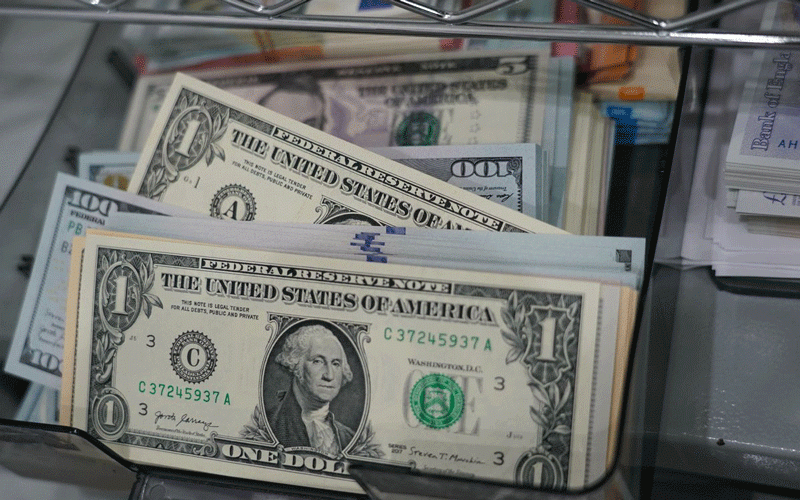
THE official currency market has been conducting two trading sessions per week since the beginning of June when measures to avert a currency collapse were instituted.
Before June the market conducted only one session per week. The current setup entails trading a portion qualifying as auction, which is essentially a restricted market segment made up of entities, such as bureaux de change.
Most of the trades are allocated towards the wholesale market, which is essentially bids from banking institutions on behalf of ultimate clients.
In the week under review, a total of US$28,5 million was traded over the two trading sessions. The outcome is so far the highest since market mechanisms were tinkered at the beginning of June.
Before this week’s trades the average value traded per week since June stood at US$16,3 million, a sign of rising demand.

Government maintains that it has adequate supply and has been offering US$20 million per session or US$40 million per week since July, which the market has not been able to fully take up.
In fact, based on government’s assertion demand has only taken up 44% of total supply.
- Bankers sweat over forex crackdown
- Bankers sweat over forex crackdown
- Exchange rate stability false, economists warn
- Currency market under pressure
Keep Reading
From January to June, the market achieved an average weekly turnover of US$15,5 million, which is lower than the current weekly turnover rate.
In essence a study of the data shows that total demand has been higher since changes were effected in June. The sustained high levels of demand are a reflection of strong domestic currency supply, even under pressure from monetary tightening.
The demand is reflective of residual domestic currency balances in the face of efforts to reduce its supply. A look at the turnover levels for the latest five weeks shows a gradual progression in the turnover, showing a revitalisation of demand.
The growth week on week for the current week was huge at 29% and has maintained a double-digit movement for the last four weeks.
The exchange rate performance is also a good indicator and ultimate abitur of stability even on a short-term basis. The Zimbabwe dollar this week lost 0,3% on the formal market, taking its losing streak to three straight weeks.
The losing streak broke a 9-week rally, which saw the Zimbabwe dollar (Zimdollar) bounce back recouping over 53% in value lost. The current depreciation pressure, although mild, shows a possible turn on the curve, where local liquidity supply is increasing.
This possibility is only motivated by the need to cover some suspended payments either to contractors or exporters among other factors. If we are to analyse this from another angle, we would include the impact of an earlier stated RBZ supply buffer touted at US$20 million per session, or US$40 million a week.
Despite the resurge in demand, if the variance of more than 50% between demand and supply should be enough to deter a rate plunge as is currently being experienced.
What pushes the price up is demand outstripping supply, all else being stable. Further, we are also beginning to witness adverse movements in the parallel exchange rate, after weeks of cooling off.
The parallel market activity is driven by formal market liquidity, which is beginning to spike, plus a degree of speculation on money supply. It is our persuasion that supply of the local currency has begun to increase over the past two weeks and this is feeding into enhanced forex demand.
Just like in the past, it is not clear where the US$40 million per week supply is emanating from, if ever it is in place. Assuming it is, we cannot predict with certainty its sustainability in matching future demand.
The market, therefore, remains vulnerable to short term shocks, which may result in other episodes of currency volatility.
It is difficult for the government to institute fundamental measures that can sustain a stable currency given the sensitivity around elections. Measures instituted under the circumstances best serve short term interests, but will adverse long-term payoffs.
The market should be wary of a possible post-election explosion, as an import of rationale expectations. There is no data to suggest immediate pump in of massive local currency, but pressure has accumulated from due payments and other expenditure committed to in the recent past, which inflates the national budget.
This alone has the potential to ignite sharp swings in post-election period, assuming the present political order is maintained.
Weekly Depreciation & Premium Charts (Zimdollar)








